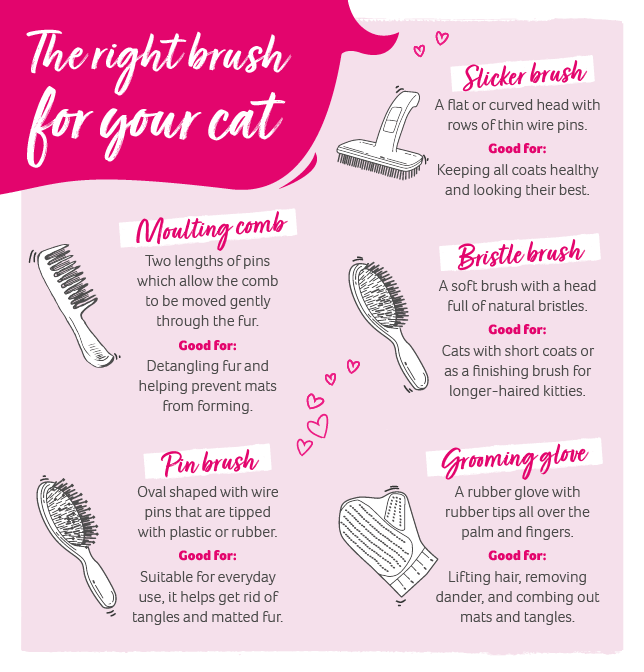Mastering Dog Nail Trimming Expert Tips and Techniques
Introduction
Keeping your dog’s nails trimmed is an essential part of their grooming routine, but it can be a daunting task for many pet owners. However, with the right techniques and a little practice, nail trimming can become a stress-free experience for both you and your furry friend. In this guide, we’ll explore expert tips and techniques for mastering dog nail trimming, ensuring your pup’s paws stay healthy and comfortable.
Understanding Dog Nail Anatomy
Before you start trimming your dog’s nails, it’s essential to understand the anatomy of their nails. Dogs have a blood vessel called the quick that runs through their nails, which supplies blood to the nail and can cause bleeding if cut. The quick is typically visible as a pink area within the nail, but it may be harder to see in dogs with dark nails. Trimming too close to the quick can cause pain and bleeding, so it’s crucial to exercise caution when trimming your dog’s nails.
Choosing the Right Tools
Selecting the right tools for nail trimming is essential for a successful grooming session. Invest in a pair of high-quality dog nail clippers that are appropriate for your dog’s size and nail type. There are several types of nail clippers available, including guillotine-style clippers, scissor-style clippers, and rotary grinders. Choose the type that you feel most comfortable using and that works best for your dog’s nails.
Preparing Your Dog for Nail Trimming
Before you begin trimming your dog’s nails, take some time to prepare them for the grooming session. Start by getting your dog accustomed to having their paws handled by gently touching and massaging their feet. Offer treats and praise to create a positive association with paw handling and nail trimming. If your dog is particularly anxious or resistant to nail trimming, consider desensitizing them to the process gradually over time.
Trimming Your Dog’s Nails
When trimming your dog’s nails, it’s essential to use caution and take your time to avoid cutting the quick. Start by identifying the location of the quick within your dog’s nails, especially if they have dark-colored nails where it may be harder to see. Trim small amounts of the nail at a time, avoiding the quick and cutting perpendicular to the nail to prevent splintering. If you’re unsure about how much to trim, err on the side of caution and trim less rather than more.
Dealing with Bleeding
Despite your best efforts, accidents can happen, and you may accidentally cut the quick while trimming your dog’s nails. If you do cut the quick and cause bleeding, remain calm and reassure your dog. Apply styptic powder or cornstarch to the nail to help stop the bleeding, and hold gentle pressure on the nail until the bleeding stops. If the bleeding persists or your dog appears to be in pain, contact your veterinarian for further guidance.
Rewarding Your Dog
After completing a nail trimming session, be sure to reward your dog for their cooperation and good behavior. Offer praise, treats, or their favorite toy as a reward for sitting still and allowing you to trim their nails. Creating a positive association with nail trimming can help make future grooming sessions more enjoyable for both you and your dog.
Maintaining a Regular Nail Care Routine
Consistency is key when it comes to nail care for your dog. Aim to trim your dog’s nails every 2-4 weeks, depending on their rate of growth and activity level. Regular nail trimming helps prevent overgrowth, reduces the risk of injury or discomfort, and promotes healthy paw health overall. By incorporating nail trimming into your dog’s grooming routine regularly, you can keep their paws happy and healthy for years to come. Read more about nail tips for dogs


